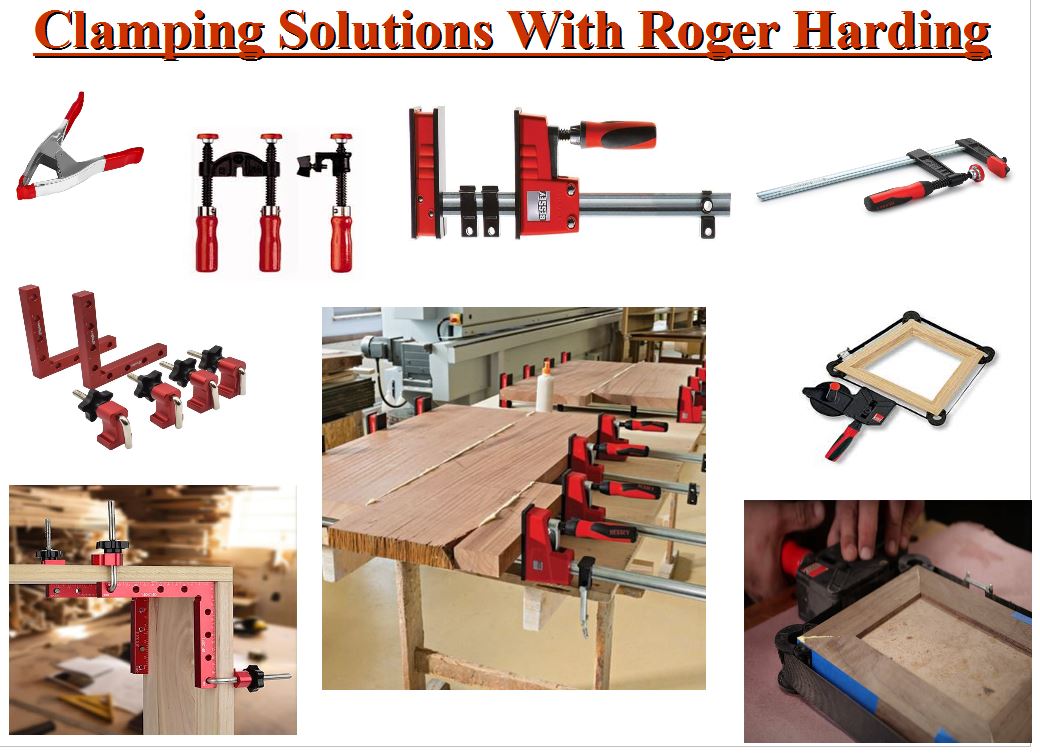
- This event has passed.
Clamping Solutions With Roger Harding

Join us for this Saturday demo led by woodworking expert Roger Harding, where you’ll gain invaluable insights into tackling your clamping challenges. This demonstration will showcase a diverse array of clamps and their practical applications in your woodshop. Roger will delve into essential techniques, including panel glue-ups and the effective use of clamping cauls to achieve perfectly flat surfaces on your projects. You’ll also learn how to ensure square glue-ups when constructing boxes and cabinets by utilizing clamping squares. Additionally, Roger will share expert tips on maintaining your clamps, including methods to prevent glue buildup and effective cleaning techniques to keep your clamps in optimal condition.
Clamping is a crucial aspect of woodworking that can make or break your project. Here are some practical clamping techniques to maximize your woodworking efforts:
1. **Choose the Right Clamp**: Different projects require different clamps. For instance, bar clamps are ideal for large panels, while pipe clamps offer versatility for various sizes. At Mueller Machinery, we offer a wide range of clamps to suit every need.
2. **Use Multiple Clamps**: Don’t hesitate to use several clamps on a single joint. This ensures even pressure and prevents warping. A well-distributed force is key to achieving a strong bond.
3. **Protect Your Workpiece**: To avoid denting or marring your wood, use protective pads. These pads can be made from scrap wood or rubber and help distribute the clamping pressure evenly.
4. **Check for Square**: Before tightening your clamps, ensure your workpiece is square. Use a carpenter’s square to verify alignment and adjust as necessary to avoid crooked joints.
5. **Apply Even Pressure**: Tighten your clamps gradually and evenly. Start with light pressure to hold the pieces in place, then increase pressure slowly to avoid damaging the wood.
6. **Consider the Glue Setting Time**: Be mindful of the glue’s setting time and plan your clamping accordingly. This ensures you have enough time to adjust before the glue hardens.